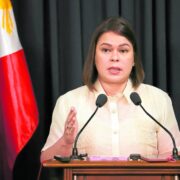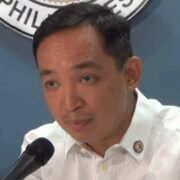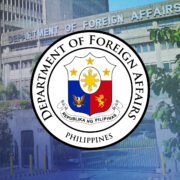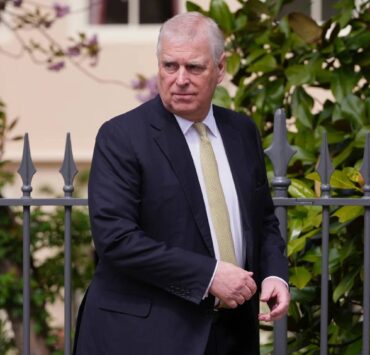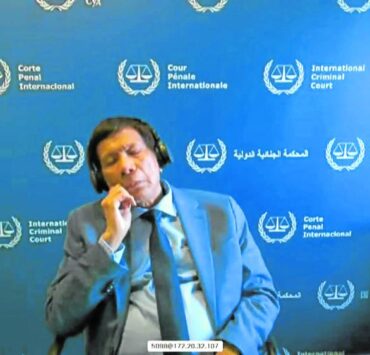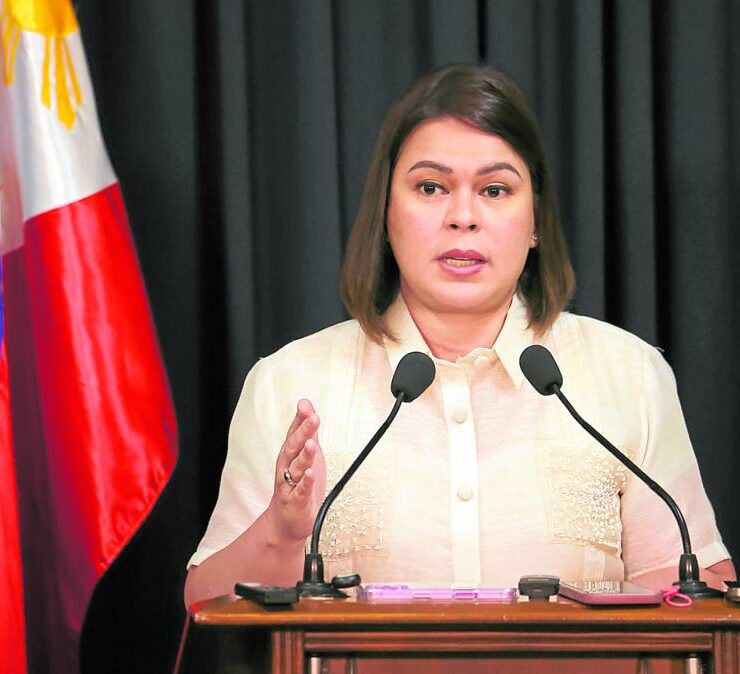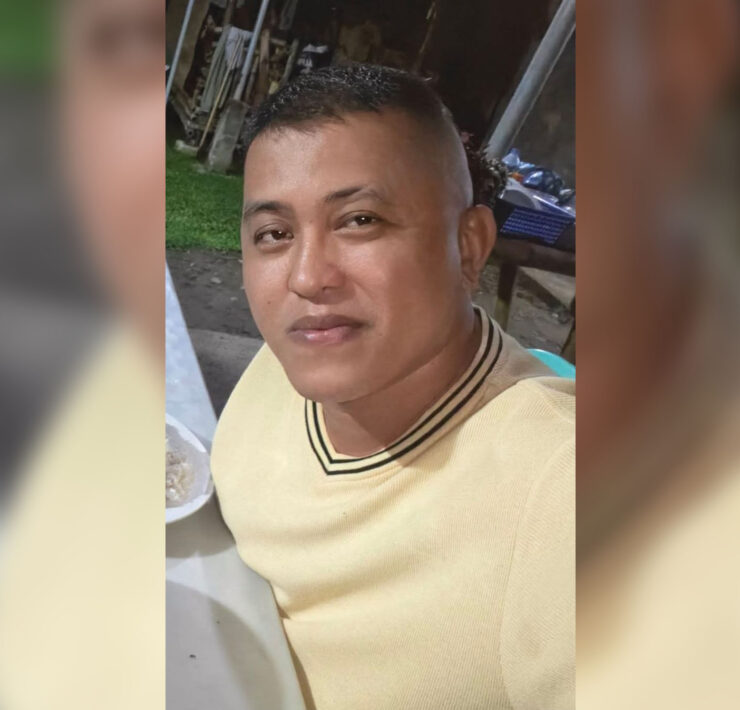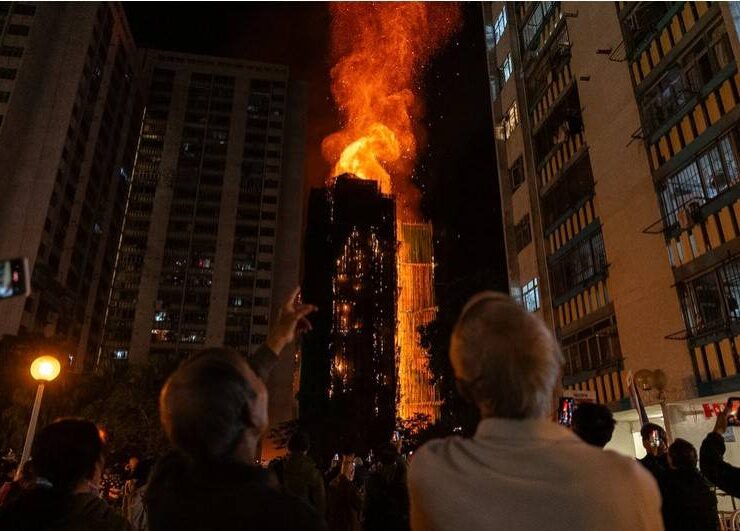From military brass to Palace, peace talks, politics: Eduardo Ermita, 90
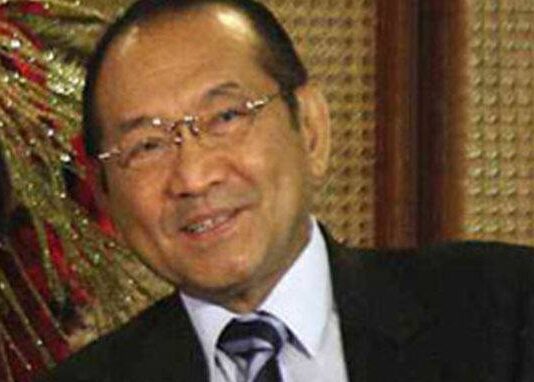
Before rising to the top as executive secretary in the Arroyo administration in 2004, Eduardo Ermita built a reputation as a military official who negotiated with secessionist rebels in southern Philippines, a role that culminated in a peace agreement in 1996.
In his passing on Saturday morning, Ermita was hailed by the Office of the Presidential Adviser on the Peace Process (Opapp) and the Moro National Liberation Front (MNLF), as a statesman and a peacemaker.
Ermita passed away surrounded by loved ones at the family home in Batangas province, which he served as its district representative, at the age of 90.
“We have lost a great patriot and a true peacemaker,’’ Presidential Peace Adviser Eduardo Galvez Jr. said. “His contributions will forever be etched in the history of our nation’s journey toward peace.”
Nur Misuari, the MNLF chair who pressed flesh with Ermita a number of times in peace negotiations, said: “The MNLF remembers General Ermita not only as a man of service and discipline but also as a man of peace.”
A member of the Philippine Military Academy (PMA) Class of 1957, he fought in the government’s campaign against separatist rebels in Mindanao and served in the Vietnam War as part of the Philippine Civic Action Group-1 (Philcag-1) before rising to become deputy chief of staff of the Armed Forces of the Philippines from 1986 to 1988, and defense undersecretary in 1989.
Tumultuous stint
“I remember him staying behind the burning AFP General Headquarters building during the August 1987 coup attempt,’’ Pulitzer Prize winning reporter Manuel Mogato posted on Facebook, referencing one of the coup attempts against President Corazon C. Aquino in the late 1980s.
He later tried his hand at politics and won three terms as Batangas’ 1st district representative (1992-2001), where he chaired the House committee on peace process and integration.
His last term was cut short when President Gloria Macapagal-Arroyo appointed him as the presidential adviser on the peace process in January 2001. He also served as Arroyo’s acting defense secretary in 2001, permanent defense chief in 2003, and executive secretary from 2004 to 2010.
It was a tumultuous stint in government as Arroyo (2001-2010) faced the “Hello, Garci” election fraud scandal, fertilizer fund scam, and the controversial NBN-ZTE broadband deal, among others, and the Maguindanao massacre on Nov. 23, 2009 that killed 58 people, including 32 journalists.
But Ermita is most remembered now for his role as a peacemaker.
In February 1984, he ventured into an MNLF camp in the deep jungles of Basilan to dialogue with Gerry Salapuddin, one of the group’s fiercest warriors. It became a “turning point” as it enabled the government to talk peace with MNLF’s top commanders, including Dimas Puntado, Abu Khayr Alonto, Talib Congo, and Ronnie Malaguiok, according to Opapp.
Ermita was also part of the government delegation who worked to gain recognition from the Organization of Islamic Committee (OIC), flying to OIC ministerial meetings in West Africa, Iran, Morocco, Sudan, Tripoli and Karachi.
Ermita and Foreign Undersecretary Joey Syjuco formed the lean secretariat of the government panel that led the negotiations, leading to the signing of the 1976 Tripoli Agreement with the MNLF, Opapp said.
In 1992, President Fidel Ramos sent him on a mission to hold preparatory talks with Misuari under the auspices of the Libyan government, convincing the MNLF leader to resume negotiations with the government. This paved the way for the signing of the 1996 peace deal with the MNLF.
Peace award
As a member of the National Unification Commission, which Ramos formed to explore talks with communists, rightist and secessionist rebels, he helped conceptualize the government’s peace strategy.
The Office of the Presidential Adviser on Peace, Reconciliation, and Unity in 2023 awarded Ermita the Gawad Kapayapaan—a recognition honoring the invaluable and lasting contributions of peace exemplars and organizations toward achieving just and enduring peace in the Philippines.
In his 2017 memoir, Ermita recounted his early life in Balayan and Nasugbu towns in Batangas, his experiences during World War II, his four years as a PMA cadet, his combat experience in Mindanao, and his deployment to Vietnam, his stint in Congress and in Malacañang.
Ermita is survived by wife, Elvira, and children Edwin, Ernestina, Eileen Ermita-Buhain and Elisa Ermita-Abad.
“Our father lived a full life in steadfast service to the Filipino people. As a soldier, he served with honor and dedication during some of the nation’s most challenging times,” the family said in a statement. “He was a true patriarch, not only of our family but also of the entire First District of Batangas, whose welfare remained his foremost concern until the very end.”
Ermita’s remains lie in state at Libingan ng mga Bayani (LNMB) in Fort Bonifacio, Taguig City. It will be open for viewing at the nearby Heritage Memorial Park from Oct. 20 to Oct. 22. His interment at LNMB will follow on Oct. 23. —WITH A REPORT FROM INQUIRER RESEARCH





